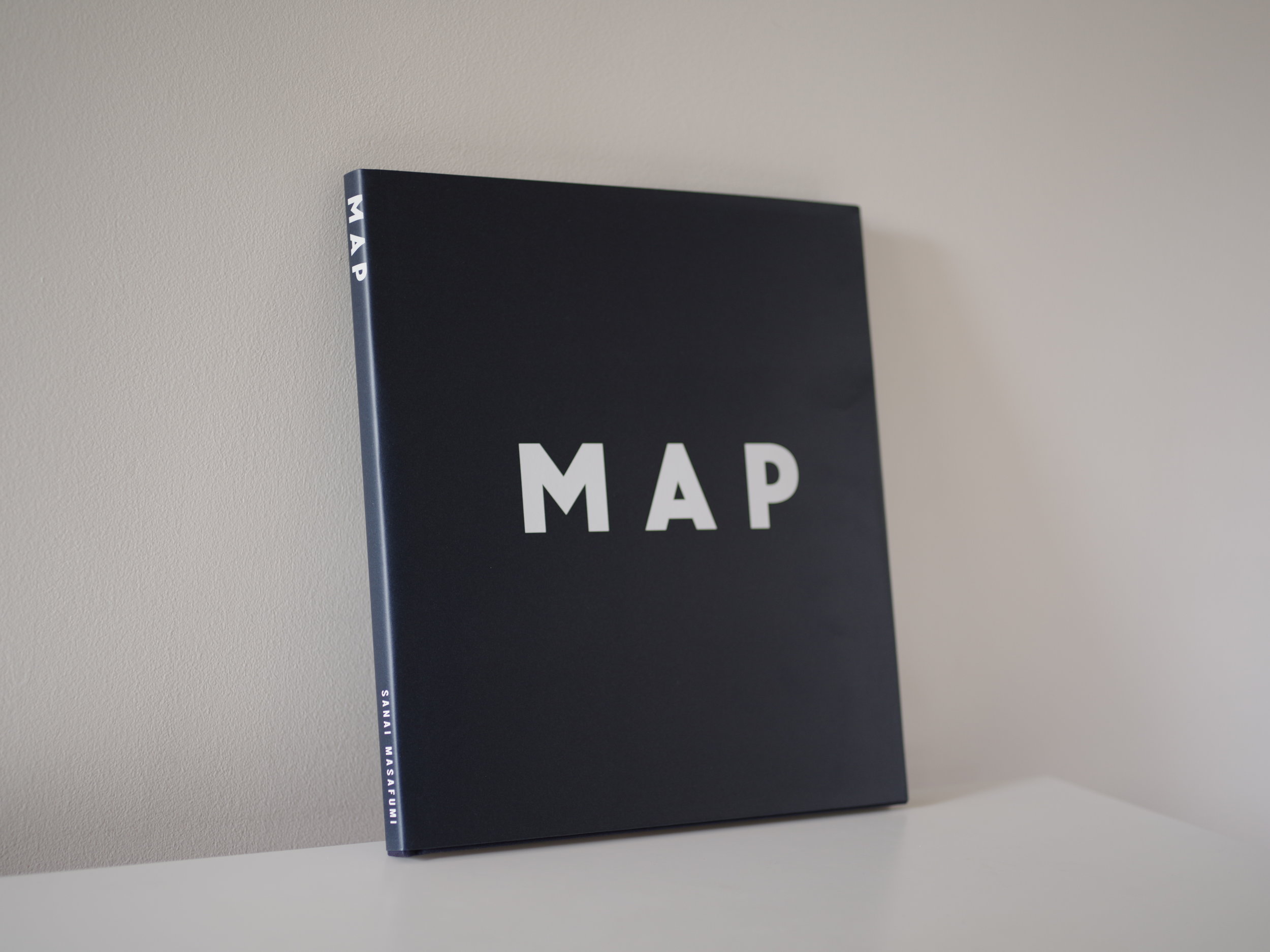Just as the images start to make sense, as history begins to be known, more pieces of the puzzle start to appear. We find ourselves navigating maps and craning to understand the machinations of this event. Drawings, diagrams, gas masks and documents give the viewer a sense of decoding, of unscrambling something that shouldn’t make sense. I hold my breath, and then release. What about the rabbits?
Read MoreIn the book, there are few moments of respite with an empty page featuring either an asterisk or text from the photographer himself. The former signifies if nothing else…nothingness, while the latter serves an effect similar to the Stephen Shore’s The Nature of Photographs not only in terms of language but as a primer.
Read MoreThe scenes in Imai’s photographs suddenly become oddly familiar and give us pause as we try to place them within our own experience. Imai has described his own photographs as “castaways from the archive of memory” and their power certainly lies in their ability to make us aware of the everyday gaps in our own recollection.
Read MoreAt first immaculate, the family photographs displayed appear to be more and more unreadable, details disappearing, faces erased from them. Some images hang on the page, fragile, and we grasp the vulnerability of those lives, just about to fall. In dialogue with the partly retrieved belongings and photographs from her home and father’s photographic studio, Suzuki then points her father’s found lens at what is now left behind.
Read MoreWe can’t help but find similar shapes between a bubble hovering uncomfortably close to a woollen jumper and an abstracted gold foil off an eaten Christmas chocolate coin. A memory of the image we passed three pages back springs into the foreground when something similar or absurdly juxtaposed appears, a past which is fixed in the future.
Read MoreAs you turn the pages of Hamada’s 2014 publication titled photograph at first and second glance the works seem to expose a connection between the natural and built environments, one can see a kind of harmony that coexists within these two opposite elements. Yet after turning the pages further and getting deeper within the book a sense of beauty and contemplation becomes evident through the use of light and a sense of discovery amongst the vernacular.
Read MorePhotographs and memory are, of course, inherently bound together. Photographs link to the moment, or place, or person that they depict, even after their demise. They are markers and memorials, often trusted beyond their capacity, altering our recollection of what really went on, fabricating what feel like memories. I get the feeling, as I revisit this book over and over, that the act of laying down these memories acknowledges that these images construct an imperfect and incomplete portrait. They are what Kimura can peg together through a set of imperfect tools: a dog, a photo album and conversations.
Read MoreAs the water dominates the extreme foreground, Narahashi creates the impression of being suspended between freedom and fear – on the verge of rising above the water or disappearing below its surface. Pointing her camera back towards the land, Narahashi likens the perspective to the viewpoint of a sea otter or seal. She seems comfortable in her watery world, uninterested in communicating with the people that can be glimpsed on the shore or swimming nearby.
Read MoreIn some ways it's like Robert Frank's iconic The Americans, its a study of place and a book that quietly sneaks its meaning upon you. The place in Masafumi's pictures is smaller, more introverted and in that sense doesn't share the same scope or grandiosity of Frank's vision. It's a guide to place as much as its predecessor is, but it’s a geographically smaller one and no less personal, even if it appears more fractured.
Read MoreHANON (2016), Mizutani’s latest publication, delivers this darker side of Japan in graphic style. The book features a series of stark B&W images of great cormorants in flocks or perched solely amongst the maze of power lines that dominate the Tokyo skyline. These silhouettes are precariously edited throughout the book and resemble a musical score. This has not gone unnoticed by Mizutani (or publisher IMA) as the title HANON is a reference to the French piano instruction book titled Hanon Complete: The Virtuoso Pianist in Sixty Exercises for the Piano by Charles-Louis Hanon.
Read More








